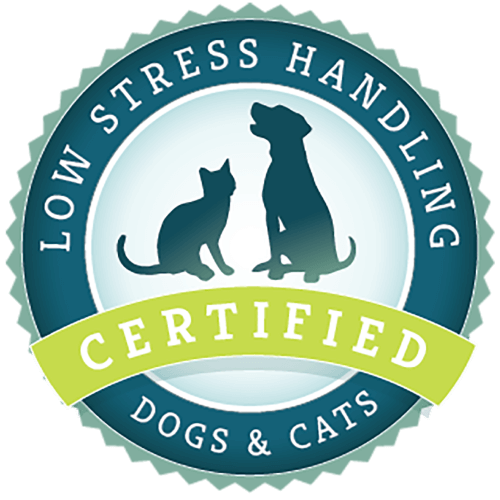What article are you looking for?
Category: I am a Trainer
Walking on Loose Leash, Part 4: Going Back to Heel Position
Frequently, when you want to start your walk, or at other times, you need to get your dog back to your side. Here is quick and simple way to teach it. In this exercise, ultimately you will be able to just say “heel” or position your shoulders the correct way and your dog will go back to your left side (or right side if she heels on the right side). For instance, Lucy, the dog pictured below, knows that if I step back with my left leg and turn my left shoulder away from her she should go back to
Walk on Loose Leash, Part 3: U-Turns
From the last 2 blogs on loose leash walking, you’ll recall that teaching dogs to walk on loose leash is all about: Rewarding Fido with treats at first (bits of Fido’s meal) for heeling next to you and also rewarding Fido by walking quickly enough (at least 120 bpm using a metronome or 2 steps a second) to make the walk engaging. Stopping as soon as Fido’s front paws get ahead of your feet so that you’re stationary by the time he gets to the end of the leash. Then increasing the length of time your dog must heel
Teaching Dogs to Walk on Loose Leash, Part 2: Making About Turns
Teaching dogs to walk on loose leash is all about: Rewarding with treats (bits of Fido’s meal) for heeling next to you and also rewarding Fido by walking quickly enough (at least 120 beats per minute [bpm] using a metronome or 2 steps a second) to make the walk engaging. Stopping as soon as Fido’s front paws get ahead of your feet so that you’re stationary by the time he gets to the end of the leash. Then increasing the length of time your dog must heel at attention in order to earn rewards until walking nicely
Walk on Loose Leash, Part 1: Choose the Right Walking Pace and Make It Clear Pulling Doesn’t Work
You’ve probably heard the talk about how humans with dogs are healthier because they exercise more. A number of scientific studies support this statement; however, what those articles fail to mention is that if your dog drags you, lunges, or tangles you in the leash, those walks may not be that fun. To improve your dog’s behavior and the enjoyment for both of you, here are a few tips on training your puppy or adult dog to walk at your side. Why do dogs pull on leash? First, it’s important to know that dogs pull on leash because it gets
Importance of Positive Consequences: Interview with Susan Schneider, Part 2
Animal trainers, teachers, pet owners, and parents who are new to science-based teaching often ask if there is proof that positive reinforcement works better than aversives as if the research doesn’t exist. Hundreds of studies have been performed that have revealed many adverse effects of punishment. And in The Science of Consequences: How They Affect Genes, Change the Brain, and Impact Our World, author Dr. Susan Schneider, a behavior analyist, reveals the research that shows the effectiveness of positive consequences. She shares some of the findings in this recent interview. Question: In your book, The Science of Consequences: How They Affect Genes, Change
Developing Separation Anxiety: Will the Learn to Earn Program Cause Separation Anxiety in my Puppy?
Question: I have had my new puppy for a couple of days now, and I have had her at my side nearly all the time, whether tethered directly to me or to a piece of furniture near me, so I can keep an eye on her as Dr. Yin suggested in Perfect Puppy in 7 Days. However, this seems to have resulted in my puppy becoming EXTREMELY attached to me, because we are always together. Unless she takes a nap and I put her in her crate, or it’s nighttime and she is in the crate, we’re not separated at all.

Low Stress Handling® Silver-Level Certification
Individual Certification at this level demonstrates to clients and employers the individual’s dedicated interest in Low Stress Handling®. Hospital Certification at this level demonstrates to clients and staff the hospital’s commitment to appropriately training staff in Low Stress Handling® methods.
Learn More
